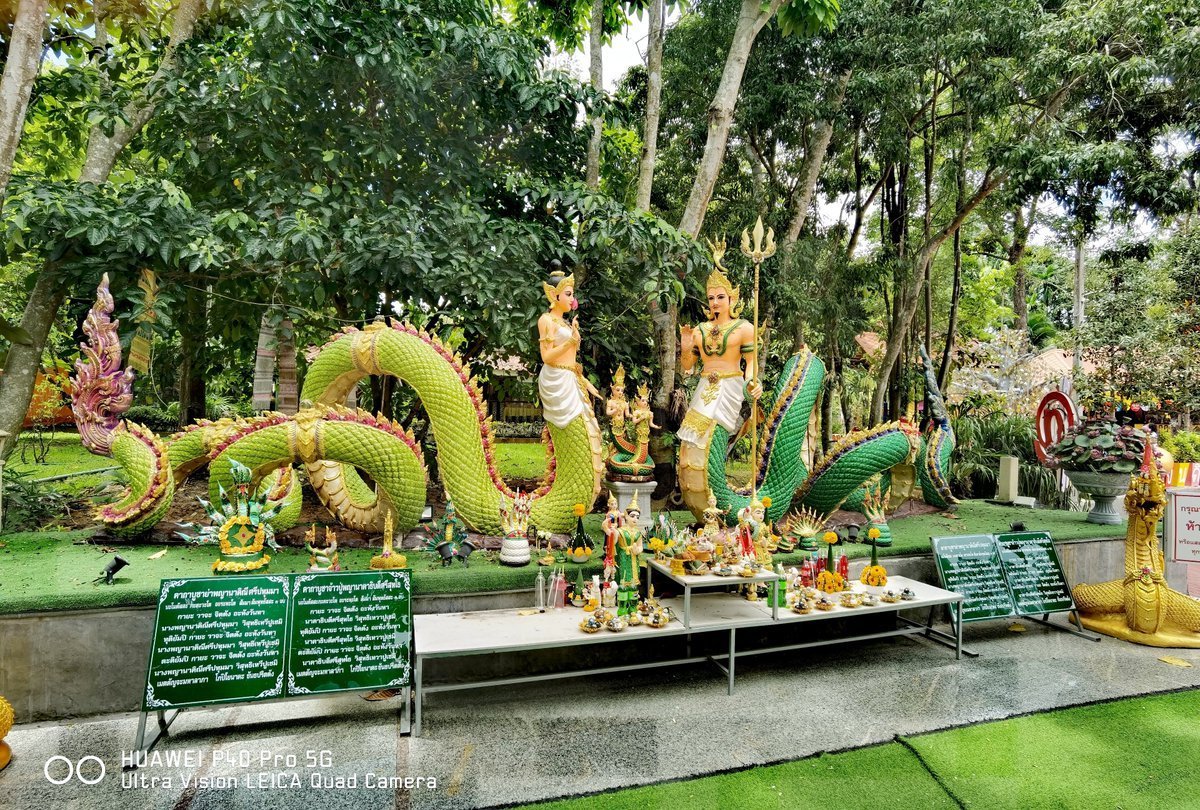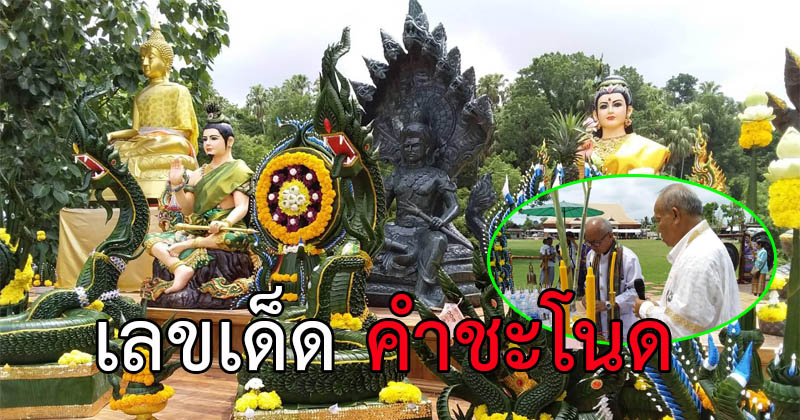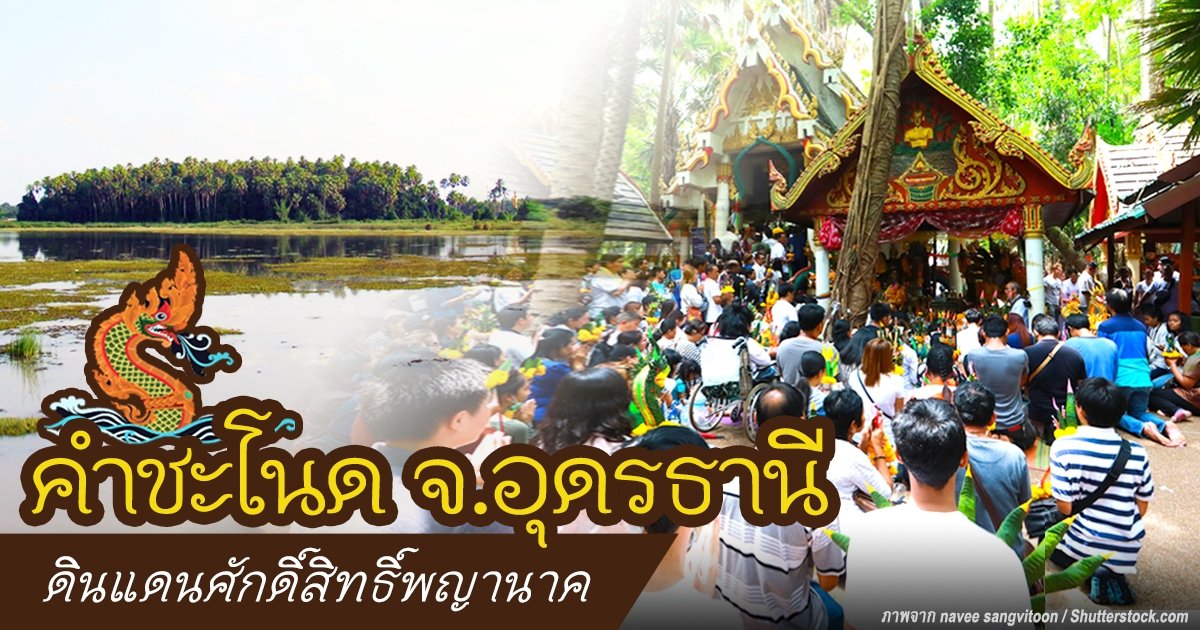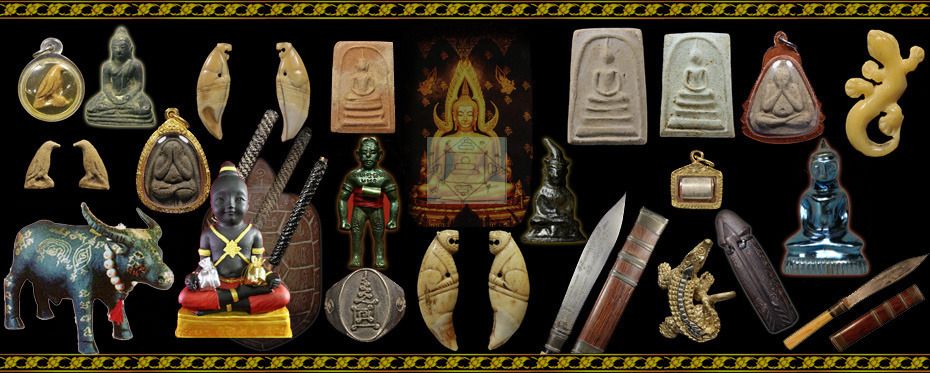
Naga
Product Description
Naga hoop snake wealth amulet .
Ouroboros Naga hoop snake rare Amulet Talisman
Blessed at kamchanod Temple ( Naga Land )
Material :old holy bronze
Size : 6*9 cm
weight 158 Grams .
Old Ouroboros Naga Dragon Talisman Thai Buddha powerful Amulet
Ouroboros Uroboros
Uroboros symbolic of
Gnosticism
Abraxas
Alchemist
Mercury
Gilgamesh
Infinity
NAGA
Payanak is Thai word mean Naga. People believe that Naga is god. The appearance of Naga are full of power. Besides Naga can impersonate to be human. Naga is ascetic and give alms. He lives in nether world city.
The Naga live in paradises beneath the rivers, lakes and seas. They control the sources of rain and are the guardians of life-giving energy in its waters. On the balustrades to temples they represent both the rising of water to the heavens and the down pouring of rain from the sky. Thus they are powerful symbols in a culture based on wet-rice cultivation.
According to belief of Oriental people, it is to believe that Naga and Dragon are scared article and powerful. Hindus believe that Naga close to any gods.
Crest of Naga is the symbol of mightiness, richness and luck.
For Thai people, we always see the symbol of Naga in forms of painting, sculpture and handicraft. Naga Legend is an inspiration of Thai architecture especially for buildings, Wat, King building and religious place. Regarding to Thai Tradition, it is to believe that great Naga, Sadung Naga, is appropriate for magnificent institution.
Naga is miraculous animal which have special property is that it can impersonate. Naga has a supernatural power
and its life is similar to human's.
Thus, Naga is full of supernatural power. Thais believe in amulets that have form of Naga. Thais believe that wearing these amulets will receive power from Naga in protection from the bad things and turn the owner's fate into good luck.








Kamchanod Temple and Forest Reserve
Kamchanod is a 20 rai forest reserve and lake in Wang Thong District near Ban Dung, Udon Thani, and the Nāga themed temple site is one of the most overlooked tourist attractions in the province. That’s a pity because loud whispers say Kamchanod is the holy place and entrance to the underground world of the mythical Phaya Nāga. Kamchanod is 90 kilometres from Udon Thani city, but if you have transport or can make other arrangements, it’s a place well worthy of a visit.
According to popular belief, Phaya Nāga lives deep in the waters of the lake which surround the densely forested island Wang Nakhin (Nāga Palace). Legend says the Nāga breathed fireballs into the sky to form steps for Lord Buddha to descend from heaven. The island is connected to the temple grounds by a long ‘snaking’ bridge guarded on each side by two seven-headed serpents.
It’s shoes off at the bridge entrance, and then a 100 metre or so stroll across the bridge to a small temple and sacred well.
Inside the temple is a shrine of Chaopu Sisuttho and on either side of the Wat are smaller tin-roofed shrines where Thais kneel and offer incense sticks, flower garlands and prayers to the great Nāga and Lord Buddha. The whole area is not too big, and trying to get an acceptable full photographic shot of the temple proved very hard to do. Bright sunlight filtering through the forest’s chanot trees further hindered that task.
Kamchanod is a popular place for Thais to visit and most seem spellbound by the great Nāga’s link to it. Foreign tourists are few and far between. Hopefully one day that might change.




Naga , (Sanskrit: “serpent”) in Hinduism , Buddhism , and Jainism , a member of a class of mythical semidivine beings, half human and half cobra . They are a strong, handsome species who can assume either wholly human or wholly serpentine form and are potentially dangerous but often beneficial to humans. They live in an underground kingdom called Naga-loka, or Patala-loka, which is filled with resplendent palaces, beautifully ornamented with precious gems. The creator deity Brahma relegated the naga s to the nether regions when they became too populous on earth and commanded them to bite only the truly evil or those destined to die prematurely. They are also associated with waters—rivers, lakes, seas, and wells—and are guardians of treasure.
Three notable naga s are Shesha (or Ananta), who in the Hindu myth of creation supports Narayana ( Vishnu ) as he lies on the cosmic ocean and on whom the created world rests; Vasuki, who was used as a churning rope to churn the cosmic ocean of milk ; and Takshaka, the tribal chief of the snakes. In modern Hinduism the birth of the serpents is celebrated on Naga-panchami in the month of Shravana (July–August).
The female naga s ( nagini s or nagi s) are serpent princesses of striking beauty. The dynasties of Manipur in northeastern India , the Pallavas in southern India, and the ruling family of Funan (ancient Indochina) each claimed an origin in the union of a human being and a nagi .
In Buddhism, naga s are often represented as door guardians or, as in Tibet, as minor deities. The naga king Muchalinda, who sheltered the Buddha from rain for seven days while he was deep in meditation, is beautifully depicted in the 9th–13th century Mon-Khmer Buddhas of what are now Thailand and Cambodia . In Jainism the Tirthankara (saviour) Parshvanatha is always shown with a canopy of naga hoods above his head.
n art, naga s are represented in a fully zoomorphic form, as hooded cobras having one to seven or more heads; as human beings with a many-hooded snake canopy over their heads; or as half human, with the lower part of the body below the navel coiled like a snake and a canopy of hoods over the heads. Often they are shown in postures of adoration, as one of the major gods or heroes is shown accomplishing some miraculous feat before their eyes.
and also for your valuable collectible thing .

We are expert collector and trader buddha amulets , antiques , Talismans items from Thailand & Southeast Asia.
We open amulet store in Thailand too.
All of our Amulets are 100 % Satisfaction guarantee and either straight from the temple or from very reliable sources including dealers and collectors
around Thailand with whom we are afilliated.
You can trust that the items are Rare, Sacred, Genuine and beautiful Items.